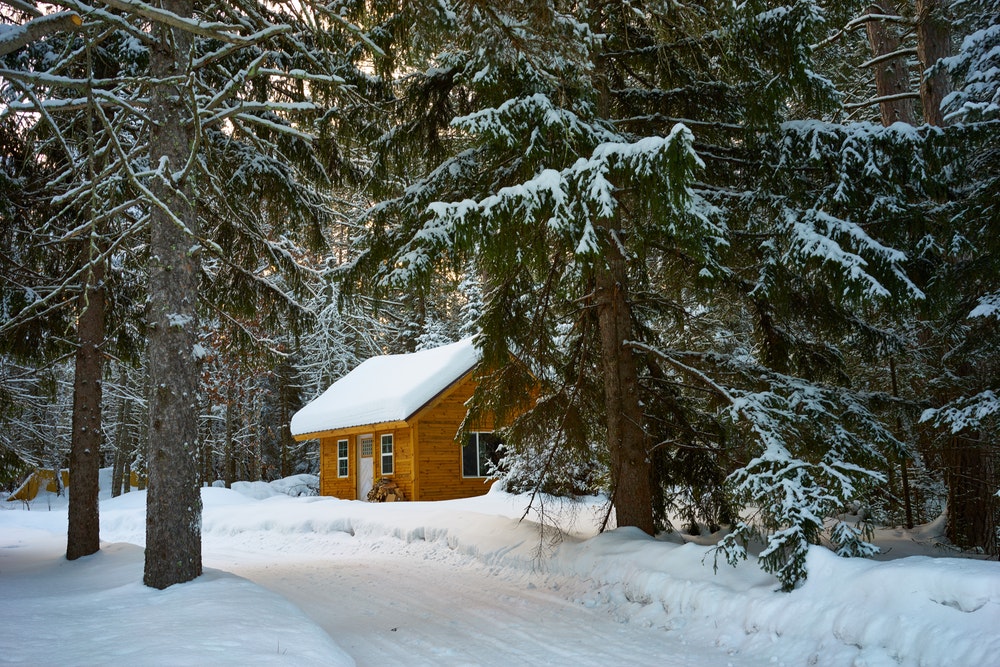When you are all comfy in your home in winter, the reality is you are probably not thinking about what is happening up on your roof. You may adjust the thermostat to warm or cool the inside of your house but other than that, most people aren’t thinking about the temperature of their roof. In theory, stopping ice dams on your roof is easy. Keep the roof the same temperature as the eaves. This is done by increasing ventilation, adding insulation and sealing off all air leaks that might warm the underside of the roof. We’ll consider this an educational moment for most of us, including me, as to what will keep our homes icicle and roof-damage free this winter.

 Things you can do or have a contractor do for you:
Things you can do or have a contractor do for you:
- Ventilate Eaves And Ridge
A ridge vent paired with continuous soffit vents circulates cold air under the entire roof. Both ridge and soffit vents should have the same size openings and provide at least 1 square foot of opening for every 300 square feet of attic floor. Place baffles at the eaves to maintain a clear path for the airflow from the soffit vents.
- Cap the Hatch
An unsealed attic hatch or whole-house fan is a massive opening for heat to escape. Cover them with weatherstripped caps made from foil-faced foam board held together with aluminum tape.
- Exhaust to the Outside
Make sure that the ducts connected to the kitchen, bathroom, and dryer vents all lead outdoors through either the roof or walls, but never through the soffit.
- Add Insulation
More insulation on the attic floor keeps the heat where it belongs. To find how much insulation your attic needs, check with your local building department.
- Install Sealed Can Lights
Old-style recessed lights give off great plumes of heat and can't be insulated without creating a fire hazard. Replace them with sealed "IC" fixtures, which can be covered with insulation.
- Flash Around Chimneys
Bridge the gap between chimney and house framing with L-shaped steel flashing held in place with unbroken beads of a fire-stop sealant. Using canned spray foam or insulation isn't fire safe.
- Seal and Insulate Ducts
Spread fiber-reinforced mastic on the joints of HVAC ducts and exhaust ducts. Cover them entirely with R-5 or R-6 foil-faced fiberglass.
- Caulk Penetrations
Seal around electrical cables and vent pipes with a fire-stop sealant. Also, look for any spots where light shines up from below or the insulation is stained black by the dirt from passing air. The benefit of all of this is you will go into the spring and summer of 2018 damage free and you will save energy and have lower heating bills right now. Keeping you protected, Rick All Access Insurance in Littleton, CO, who represents multiple insurance companies as a “Broker” and provides products for auto, car, home, house, antique car, classic car, commercial, business, workers compensation, life, motorcycle, renters, ATV and RV insurance. Call us today for a free quote at (303) 932-1700
 By
By